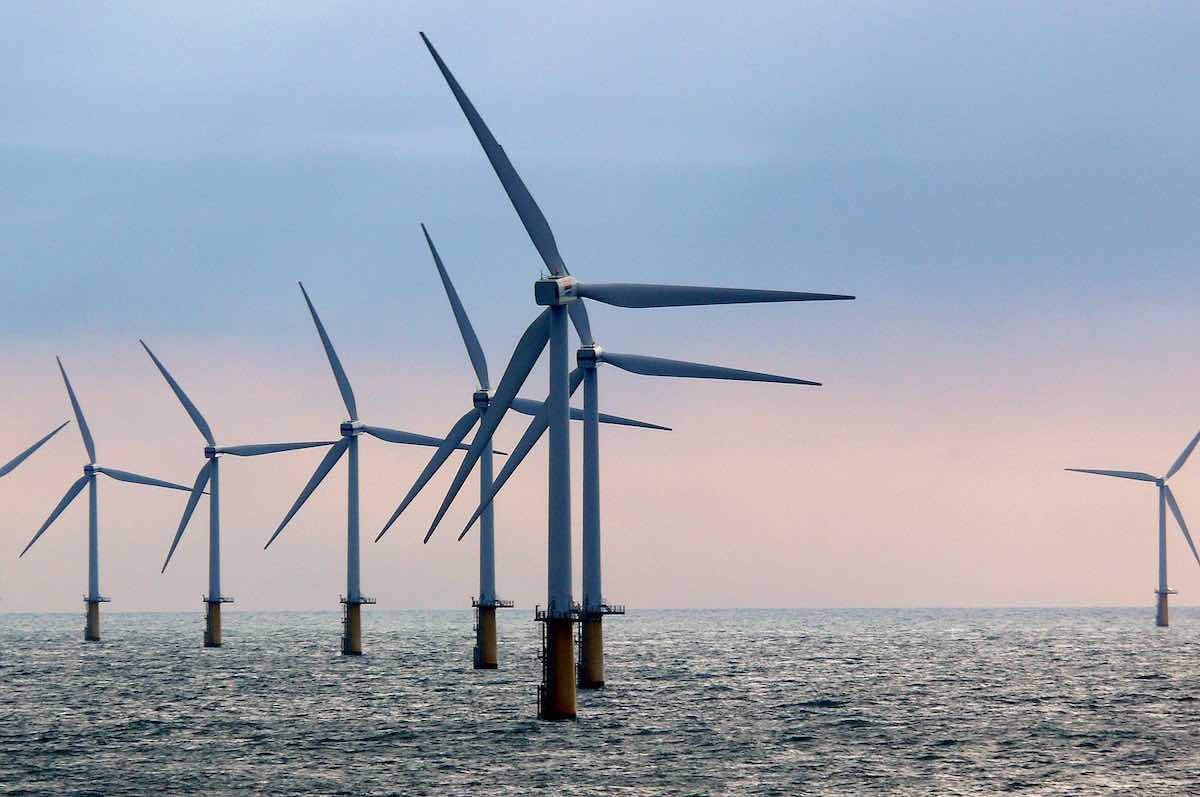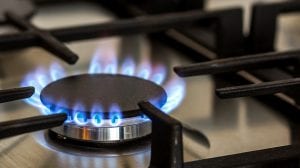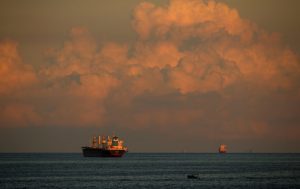The Netherlands’ government has selected a site in the North Sea for what it hopes will be the world’s largest offshore wind-to-hydrogen production site with approximately 500MW of hydrogen electrolysis capacity.
With plans to begin operations by around 2031, the offshore wind-to-hydrogen facility will utilise an already-planned offshore wind farm in what is known as the Ten noorden van de Waddeneilanden (the North of the Wadden Islands) area.
In addition to an offshore wind farm already planned for the area, the Dutch government hopes that an existing natural gas pipeline could be modified to transport the hydrogen from sea to land where it could be connected to an onshore hydrogen network.
Specifically, the Dutch government expects this will be the first project to connect to an offshore hydrogen transport network planned by Dutch energy company Gasunie.
Specifics of the network are expected to be worked out this year, including the extent to which natural gas infrastructure in the North Sea can be reworked for use with hydrogen.
“We are a global leader with this plan,” said Rob Jetten, the Dutch minister for climate and energy policy. “It is also a big step on top of the goal of 4GW electrolysis in 2030 from the Climate Agreement.
“We have already designated the area as a preferred location so that preparations can start quickly, and we provide the sector with clarity so that they can make their investment plans.
“I am also very happy with the support we receive from local authorities. The province and the municipalities are fully committed to a green economy in which the production of sustainable energy is central.”
A number of planned and proposed green hydrogen production facilities have focused on co-locating with onshore wind or solar projects, or transporting offshore generation onshore. However, the potential of co-locating hydrogen production facilities offshore has grown in recent times.
Of particular value is the ready access to seawater for use in electrolysis as well as cheaper transport of hydrogen as compared to the more expensive transport of energy to produce hydrogen.
The Dutch government is also working on a smaller offshore wind-to-hydrogen pilot which will boast electrolysis capacity of between 50MW and 100MW and which is hoped to remove any defects in the technology.









